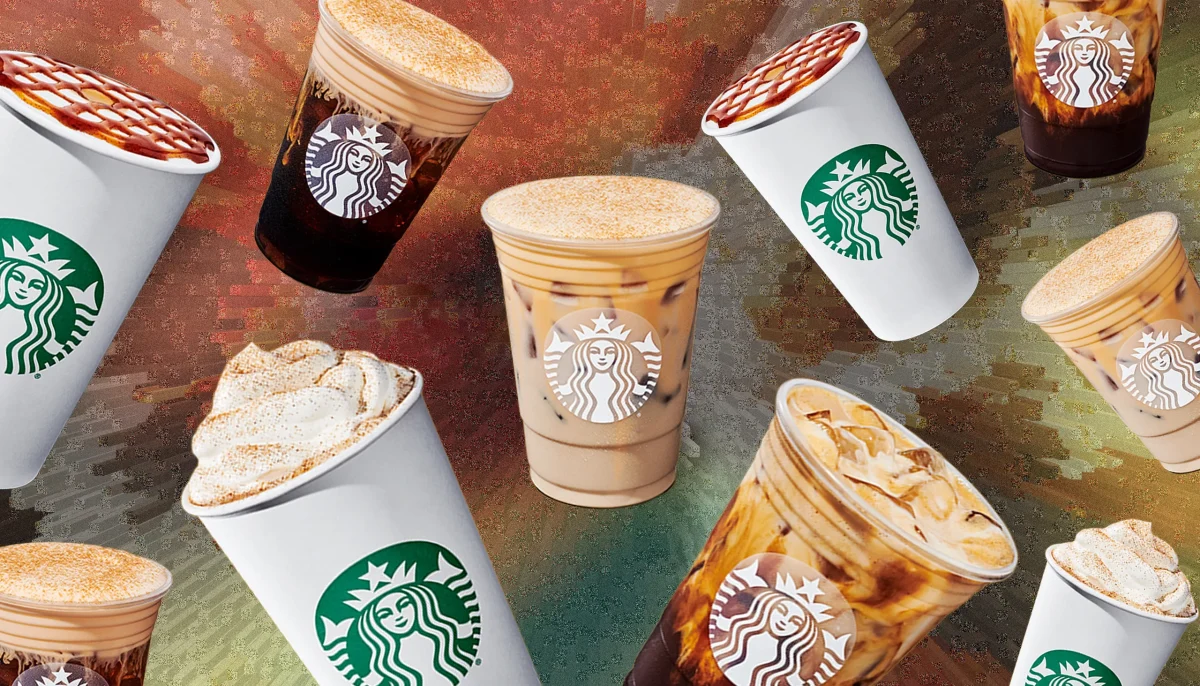
Starbucks is embarking on one of its largest corporate shakeups in years, announcing widespread store closures and job cuts as part of a billion-dollar restructuring plan aimed at reviving the struggling coffee chain. The company confirmed that it will close hundreds of underperforming locations across North America and eliminate around 900 corporate positions following more than 1,100 layoffs earlier this year. The downsizing will reduce Starbucks’ company-operated store footprint by approximately one percent, resulting in roughly 400 store closures nationwide.
“This is about returning Starbucks to its roots—focusing on the coffee experience, our partners, and the connection inside our stores,” said CEO Brian Niccol in a message to employees. The restructuring is expected to cost around $1 billion, covering severance pay, early lease terminations, and other related expenses. Starbucks says affected workers will be offered transfers to nearby stores where possible, while others will receive severance packages and continued health insurance coverage. However, several employees have reported receiving little notice before being informed that their stores would close, raising concerns about transparency and communication.
The wave of Starbucks closures has sent shockwaves across college campuses, where the brand has long served as a daily ritual for students balancing classes, caffeine, and community. Many campus Starbucks locations shut down with little warning, leaving students surprised and frustrated. “They’ve closed the two stores closest to my classes and my dorm, which is definitely inconvenient,” says McKinley Paltzik, Harvard University Junior and PCDS alumna. “Plus, the workers at one location were only given two days’ notice before the store closed.” For many students, the closures mark more than the loss of a coffee shop—they represent the fading of a shared hub that anchored campus life, where study sessions, friendships, and late-night brainstorming often began with a simple Starbucks order.
The move comes after six consecutive quarters of declining same-store sales in the United States, as inflation and shifting consumer habits prompt customers to seek cheaper alternatives and competitors like Dunkin’ and Dutch Bros. Analysts say Starbucks’ rapid expansion during the pandemic left it with too many underperforming locations, necessitating a strategic reset. The company’s “Back to Starbucks” plan will prioritize simplifying operations, trimming costs, and focusing on the core coffee experience that built the brand.
Despite the closures, Starbucks plans to reinvest in its remaining stores by remodeling more than 1,000 locations with warmer designs, additional seating, and features meant to revive its traditional “third place” atmosphere—a space between home and work. Niccol emphasized that the restructuring is not a retreat but a reinvention. “Starbucks isn’t shrinking—it’s refocusing,” he said. “We’re building a more sustainable company for the next generation of partners and customers.”
Still, the layoffs and closures have sparked anxiety among employees and customers alike, many of whom worry that the cost of transformation may come at the expense of the community that once made Starbucks a global cultural icon.